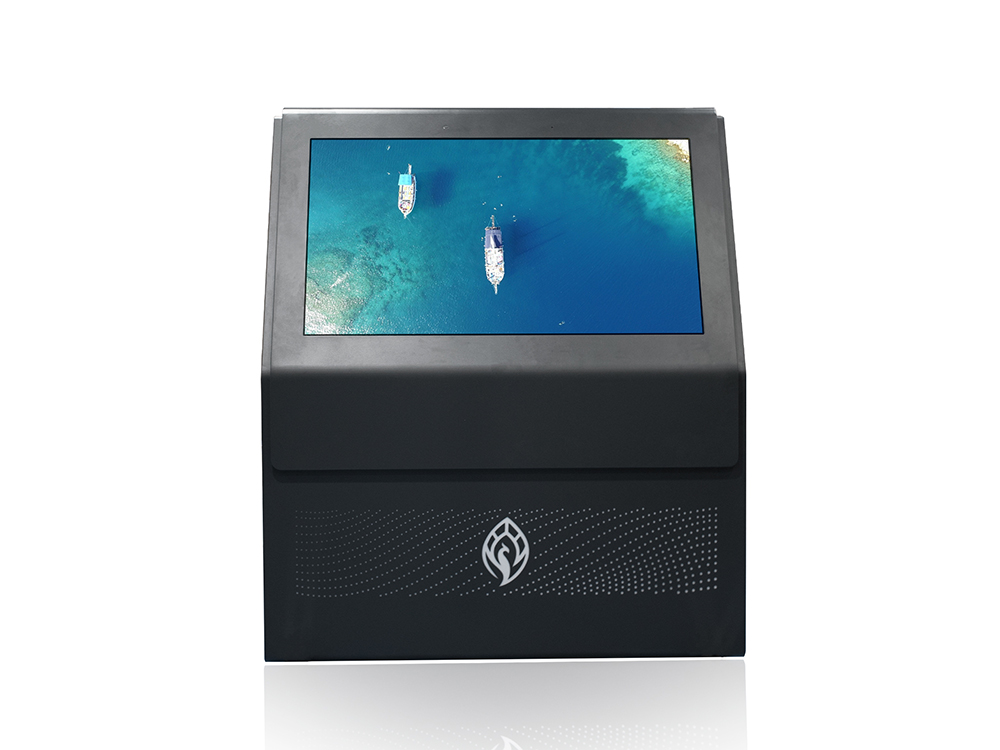Indoor Digital Signage and Its Role in Customer Navigation
Indoor Digital Signage and Its Role in Customer Navigation.In the modern era of technology and digitization, indoor digital signage has emerged as a powerful tool for enhancing customer experiences and facilitating navigation within various facilities. This type of signage, often referred to as electronic display boards or digital screens, goes beyond the traditional static signs and offers a dynamic, interactive wayfinding solution for visitors and customers.

The primary function of indoor digital signage is to provide clear and concise directional information. Whether it's a large shopping mall, a corporate office building, a hospital, or an airport, these digital displays help people find their way around with ease. They can display maps, directories, and even real-time updates on the location of specific services or amenities. This not only reduces the chances of visitors getting lost but also improves the overall efficiency of their journey.
One of the key advantages of digital signage over traditional signboards is its ability to update content remotely and instantly. This flexibility allows facility managers to respond quickly to any changes in the layout or services within the building. For instance, if a store within a shopping center changes its location, the digital signage can be updated immediately to reflect this change, ensuring that customers are directed to the correct place.
Moreover, indoor digital signage enhances the overall aesthetic of the space. With the ability to display high-resolution graphics, videos, and animations, these screens can add a touch of modernity and professionalism to any environment. They can also be used to showcase promotional content, special offers, or even informational videos, providing an additional platform for businesses to engage with their customers.
In terms of customer navigation, digital signage can integrate with various technologies to provide a seamless experience. For example, by utilizing Bluetooth beacons or Wi-Fi triangulation, these screens can offer personalized directions to users based on their current location within the building. This level of personalization not only improves the customer's navigation experience but also allows businesses to gather valuable data on customer behavior and traffic patterns.
Another notable aspect of indoor digital signage is its accessibility features. Many of these systems now include options for voice navigation, braille displays, and even augmented reality overlays, ensuring that everyone, including those with disabilities, can navigate the space with ease. This inclusivity is not only beneficial for the customers but also reflects positively on the business or organization hosting the signage.
Furthermore, digital signage can play a crucial role in emergency situations. In case of evacuations or other emergencies, these screens can be quickly programmed to display critical safety messages, evacuation routes, or even live feeds from security cameras, helping to guide people to safety.
Despite its numerous benefits, it's important to note that the effectiveness of indoor digital signage largely depends on its implementation and maintenance. Regular updates, clear and concise content, and strategic placement are key to ensuring that these systems serve their purpose and provide maximum value to both the customers and the business.
In conclusion, indoor digital signage has revolutionized the way customers navigate within various facilities. Its dynamic, interactive, and customizable features make it a powerful tool for enhancing customer experiences, improving efficiency, and even boosting business outcomes. As technology continues to evolve, we can expect to see even more innovative and exciting applications of digital signage in the future.
Application scenarios of digital signage








